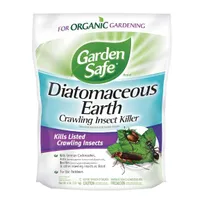Pest experts warn you should never squish ladybugs inside your home — here's why
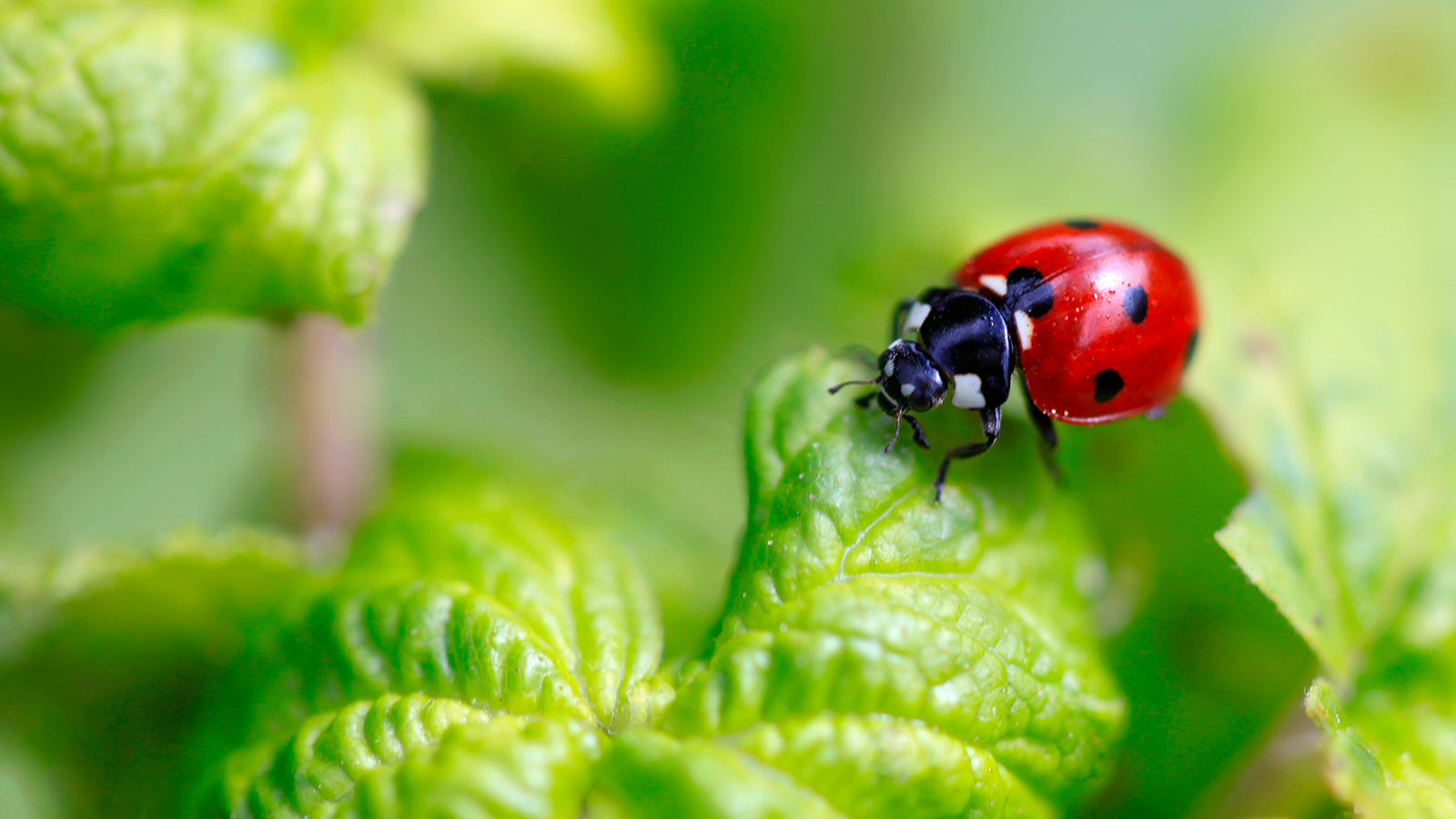
For many of us, insects and other creepy-crawlies are things to avoid as much as we can. Even people who don’t mind insects generally prefer not to find them in their house. If you come across a small bug indoors, even one that’s harmless, there can be a temptation to squish it as a way of quickly banishing it from your home. And sometimes, that might be the simplest, most effective option available. But when it comes to ladybugs, it’s something you really should avoid.
Why are ladybugs the exception? It all has to do with their unique reaction to a human reaching out to squish them.
Why you shouldn't squish ladybugs
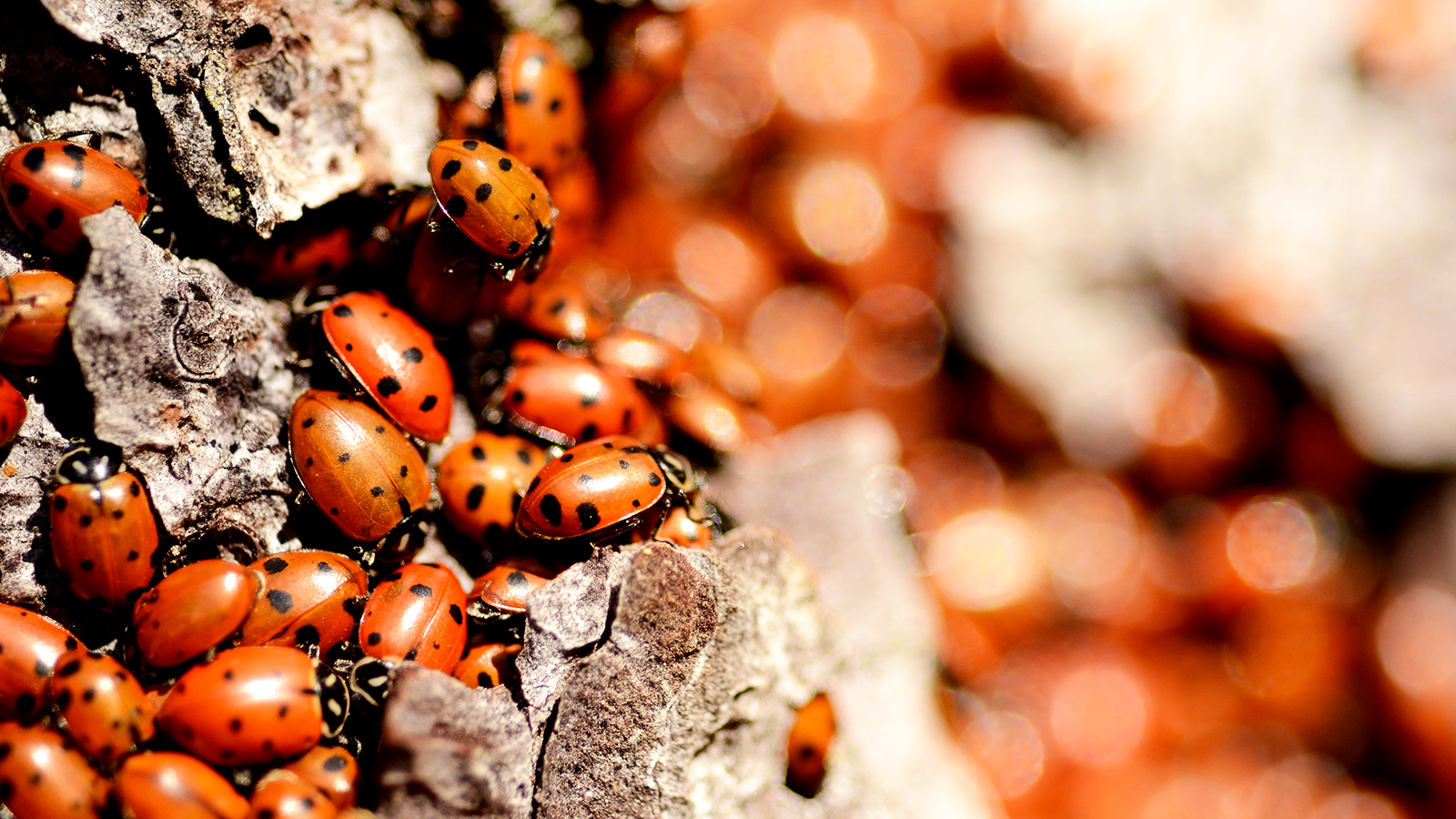
Aside from ladybugs being largely peaceful and inane insects, there are good reasons not to kill them. Even if you're struggling with an infestation and you're left with extermination as the only option, this could end up making things worse.
“Ladybugs use a defensive behaviour called ‘reflex bleeding’ when threatened,” explained Sophie Thorogood, technical training manager at Pest-Stop. “This releases a yellowish body fluid, known as hemolymph, which smells unpleasant and can stain fabrics. If you squash them, this fluid will be released.”
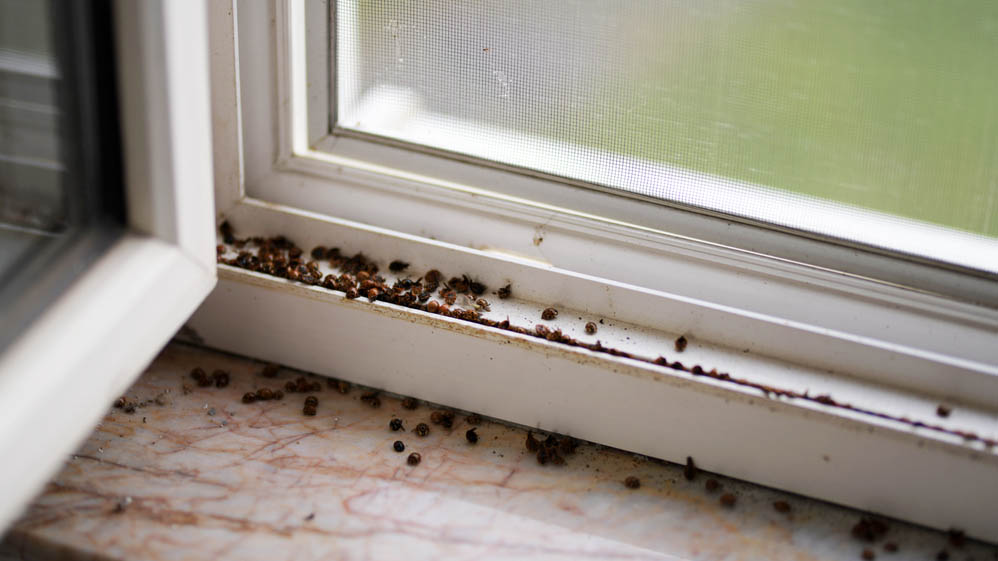
The ladybug expresses the hemolymph through the joints in its legs, as a deterrent to any predators. It works thanks to the isopropyl methoxy pyrazine inside the fluid, which gives it its distinctive odor and taste. The smell alone would be a good reason not to squash a ladybug; the bad odor can linger even after wiping away the liquid.
But hemolymph can also cause damage once released. This is because it is also made up of alkaloids that are toxic to many ladybug predators — and can even cause numbness or irritation to some humans.
“It’s better to move them outside and let them be on their way, rather than squish them"
Sophie Thorogood, technical training manager at Pest-Stop
For those who aren’t sensitive or allergic to hemolymph, there are still other negative consequences of squishing ladybugs. The fluid can stain both fabrics and surfaces with its yellow or orange color, causing long-term discoloration that can be hard to remove. Not only is this unsightly, but no one needs reminding of the cute ladybug they killed.
Get instant access to breaking news, the hottest reviews, great deals and helpful tips.
“It’s better to move them outside and let them be on their way, rather than squish them,” concludes Thorogood.
The benefits of ladybugs
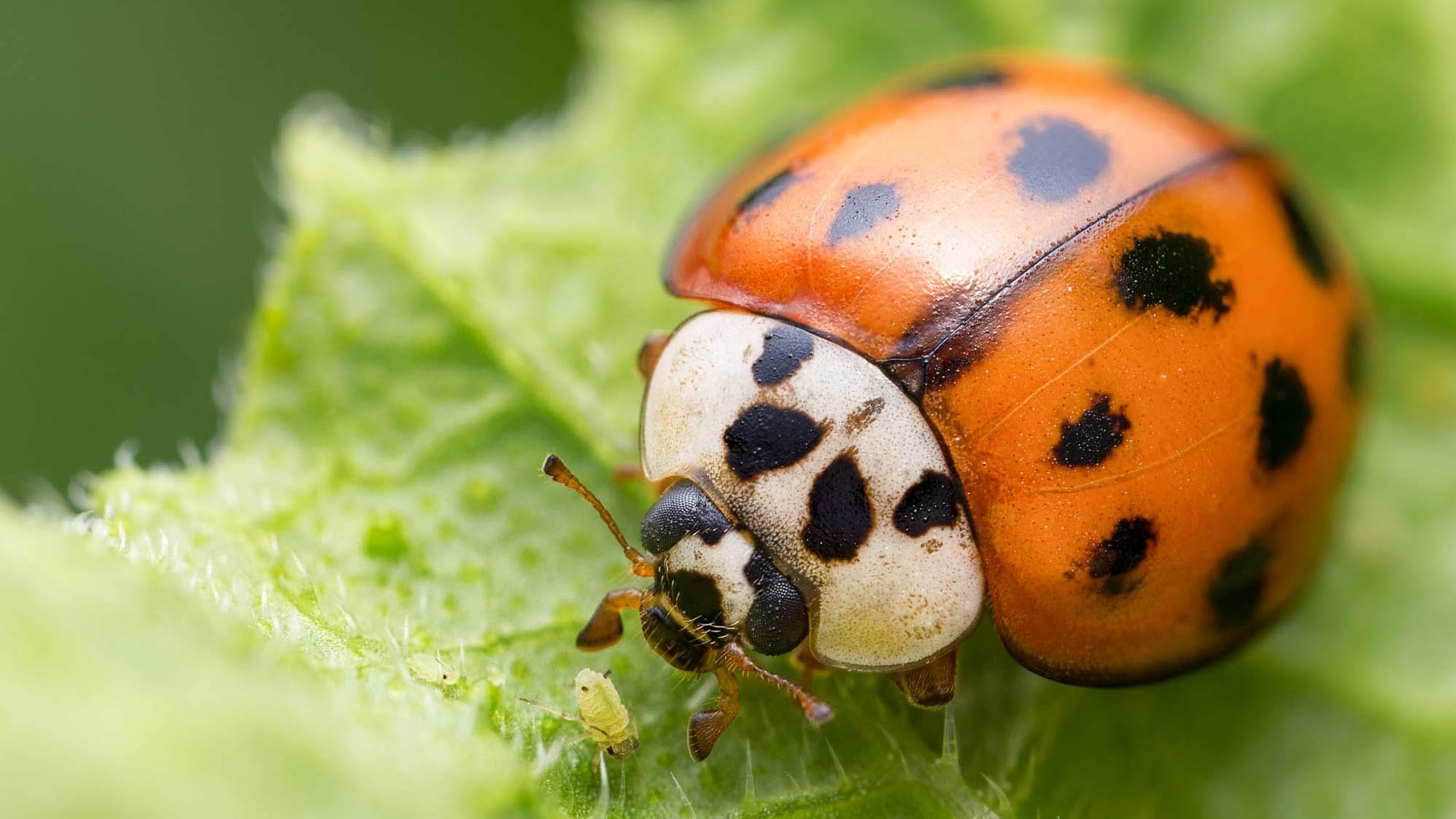
If you’re still wary of letting a ladybug roam free in your home, consider the benefits that ladybugs have on the garden. These small insects play a vital role in the local ecosystem, commonly preying on all kinds of harmful garden pests such as aphids, mites and mealybugs.
Not only are they harmless to plants, but they also help to protect them without the need for chemical pesticides. If you remove the local population of ladybugs, you risk allowing pest populations to grow unchecked.
Ladybugs are also inherently cheerful creatures, with their rounded shape and signature red-and-black spotted coloring. They are commonly depicted in children’s literature as sweet, harmless figures, and many of us grow up with more affection towards them than their other six-legged kin. While that doesn’t mean you have to let them inside your house, it is a good reminder that there are other methods to remove them than just squishing them.
What to do if you find a ladybug indoors

Remember that ladybugs don’t want to be inside! All their food sources are outside, so if they’re in your home it’s because they accidentally took a wrong turn.
If you spot a ladybug inside, gently pick up the insect and move it towards a window or external door. Since ladybugs have wings, you can lightly throw them into the air and trust that they’ll fly on the breeze to somewhere safe.
Alternatively, you can also place them delicately on a leaf or branch in the garden, so that they can navigate safely away from your home.
This 4lbs pack of diatomaceous earth is an organic way to control pests, including ladybugs. The fine powder containing fossilized marine organisms can be used around outdoor plants to deter pests.
More from Tom's Guide

Despite making her home in urban metropolises, Madeleine Streets has been nurturing a green thumb for decades.
Raised by a garden designer, she is putting that childhood education to use by helping others learn how to make their garden bloom, while filling her own New York home with cat-friendly plants.
When not writing about gardening and the outdoors, Madeleine loves to cook, study wine and borrow books from her local library.
You must confirm your public display name before commenting
Please logout and then login again, you will then be prompted to enter your display name.
